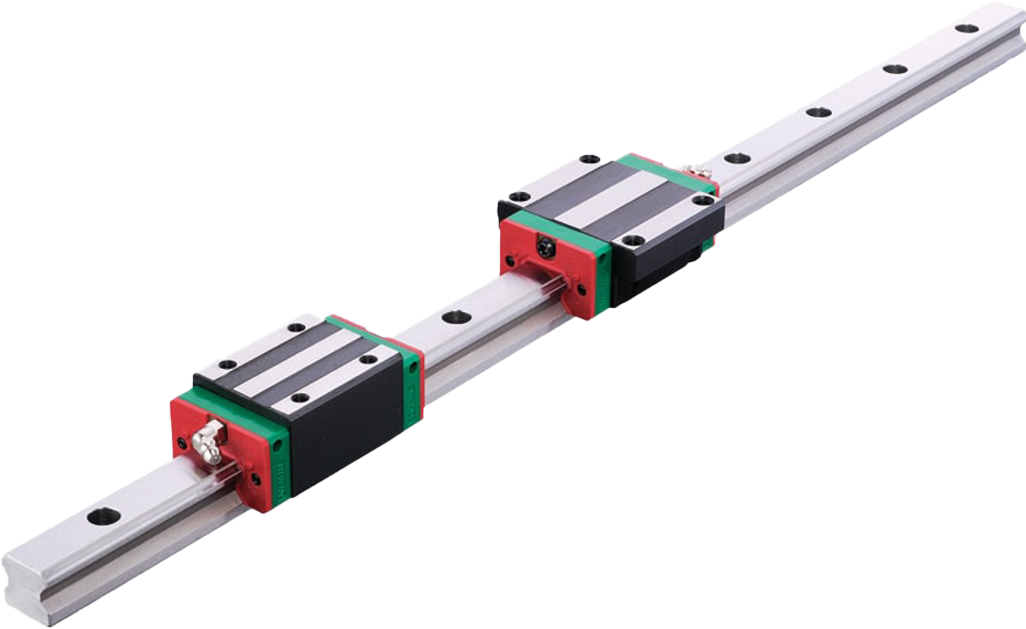In the world of engineering and manufacturing, screws play an important role in converting rotational motion into linear motion. When it comes to linear motion devices, two common options are ball screws and lead screws. Both serve similar functions, but there are several key differences to consider when deciding which one to use. In this article, we will compare the pros and cons of ball screws and lead screws to help you make an informed decision.
Mode of Operation
One of the most significant differences between ball screws and lead screws is how they transmit loads. Lead screws have deeper helical threads that match with the nut, while ball screws use rolling and recirculating ball bearings in the ball grooves of the screw and nut. As a result, ball screws are more efficient in converting torque into linear motion, with conversion efficiencies of around 90%, compared to lead screws that typically don’t exceed 70%.
Efficiency
The efficiency of ball screws is due to the use of rolling friction, which generates less heat and energy loss than the sliding friction of lead screws. This makes ball screws more suitable for high-speed and high-accuracy applications that require low power consumption. Lead screws, on the other hand, are more cost-effective and suitable for light and medium loads where accuracy and precision are not as important.
Material
Another difference between ball screws and lead screws is the material used. Ball screws require materials that have high rigidity and stiffness, such as stainless steel, to support the high loads and precision requirements. Lead screws, on the other hand, can use polymeric materials coated with self-lubricating materials like PTFE, silicone, and graphite to minimize friction and wear.
Capacity
As a rule of thumb, ball screws can support higher loads than lead screws. However, lead screws are more cost-effective and suitable for light and medium loads. They are also more effective at transmitting loads vertically than ball screws.
Power Requirement
Ball screws require smaller motors compared to lead screws due to their high efficiency and low power consumption.
Design
Ball screws have a more complex design compared to lead screws, which makes them more expensive. They require braking mechanisms to prevent backdriving, and their complex design makes them suitable for heavy-duty applications that require high speed, high accuracy, and long service life. Lead screws are simpler and more compact, self-locking, and don’t require brakes to function.
Application
Ball screws are used in various heavy-duty applications such as precise positioning systems, automotive steering systems, electric vehicles, wind turbines, aircraft machinery, solar panels, hydroelectric equipment, and photolithography viewing systems. Lead screws, on the other hand, are better suited for applications where speed, accuracy, and precision are not as important, such as medical equipment, food
processing equipment, and laboratory machines. Maintenance Ball screws require more frequent lubrication than lead screws to maintain optimal performance.
Noise
Ball screws generate more noise than lead screws due to the rolling motion of the balls. In conclusion, both ball screws and lead screws have their unique advantages and disadvantages, and the decision of which one to use ultimately depends on the specific application requirements. If your application requires high speed, high accuracy, and heavy-duty loads, then ball screws are the way to go. However, if your application is cost-sensitive and doesn’t require high precision or speed, then lead screws may be a better choice.




